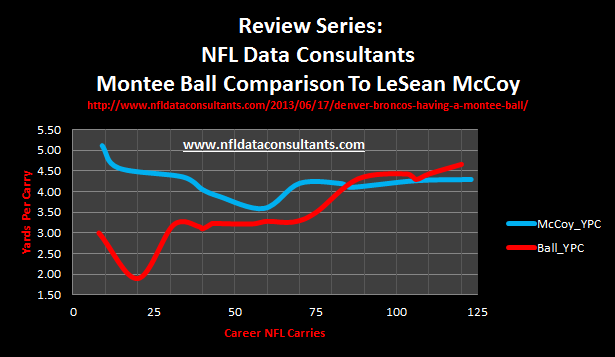When the Dallas Cowboys drafted LB Anthony Hitchens out of Iowa in the 4th round, the draftniks blasted the team because they felt he should have been a late round pick or undrafted. As a football analyst, I like to highlight observations and provide analysis that goes beyond an eyes only approach to demonstrate the type of benefit that I bring to the table.
While the draft community bashed the selection, I decided to run some comparative analysis on about 1200 LBs. What was uncovered is critical to how the Cowboys can look at their situation at linebacker. Anthony Hitchens compared to 3 other linebackers that have played a hybrid of inside and outside with better success on the inside; this includes Curtis Lofton, Erin Henderson, and Desmond Bishop. Every one of them has started NFL games and been a starter for a season or more. This demonstrated two things that the Dallas Cowboys did right with their personnel. First, selecting him in the 4th round is warranted with his comparatives. Second, the coaches moving him inside will help facilitate getting the most out of Anthony Hitchens.
Since the Sean Lee injury, the Dallas Cowboys have both tried moving Justin Durant (more optimal to leave at WLB) to the middle and trading for a LB that has retired more than once in Rolando McClain. The Cowboys seem to be reluctant at their own success at finding a gem at linebacker. While many may not always have an understanding of analytics, being able to trust in the concept will be in an organization’s favor for the long term. Using NFL Data Consultants analytical system, Anthony Hitchens profiles as a starting linebacker that would have his best success in the middle.
